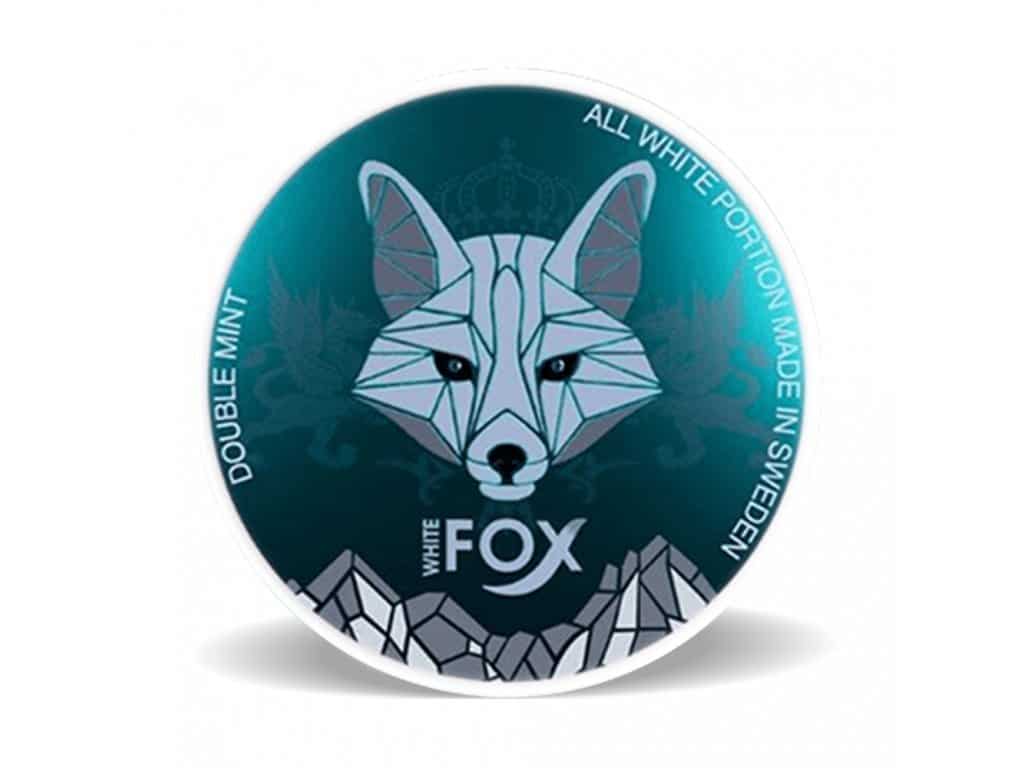A Guide to Buying Hay Bales and Alfalfa Hay: Finding the Best Quality and Deals Near You
For farmers, livestock owners, and gardeners, sourcing high-quality hay is crucial. This guide explores what you need to know about buying hay bales and alfalfa hay, including where to find them and what to look for in terms of quality.
Understanding Hay Bales
What Are Hay Bales?
Hay bales are bundles of dried grasses and legumes used primarily for animal feed. They come in various sizes and types, including square and round bales. The most common types of hay include:
- Timothy Hay: Popular for its balanced nutritional profile.
- Orchard Grass: Known for its palatability and high fiber content.
- Alfalfa Hay: Rich in protein and nutrients, ideal for high-energy animals.
Types of Hay Bales
- Square Bales: Typically easier to handle and store, ideal for small farms and individual animal owners.
- Round Bales: Larger and more economical for large-scale farming operations.
Finding Hay Bales for Sale
1. Local Farmers and Feed Stores
- Farmers’ Markets: Local farmers’ markets often have vendors hay bales for sale directly from their farms.
- Feed Stores: Visit local feed and supply stores which commonly stock various types of hay bales.
2. Online Marketplaces
- Websites like Craigslist, Facebook Marketplace, and specialized agricultural platforms such as HayMap allow you to find local hay sellers.
- Check listings regularly and communicate directly with sellers for availability and pricing.
3. Agricultural Fairs and Auctions
- Attend local agricultural fairs and livestock auctions where hay bales are often sold.
- These events can be a great opportunity to buy in bulk and at competitive prices.
4. Local Cooperative Extensions
- Contact local cooperative extension offices for recommendations on where to buy hay bales.
- They often have directories of local farmers and suppliers.
Understanding Alfalfa Hay
What is Alfalfa Hay?
Alfalfa hay is a type of forage made from the alfalfa plant, known for its high protein, calcium, and nutrient content. It is especially beneficial for:
- Dairy Cattle: Boosts milk production due to its high nutrient content.
- Horses: Provides necessary protein and energy for active and performance horses.
- Small Animals: Often used for rabbits and guinea pigs due to its rich nutritional profile.
Benefits of Alfalfa Hay
- High Nutrient Content: Rich in vitamins, minerals, and proteins.
- Palatability: Highly palatable, ensuring animals consume adequate nutrition.
- Digestibility: Easily digestible, aiding in overall animal health.
Finding Alfalfa Hay for Sale
1. Specialized Feed Stores
- Many feed stores carry alfalfa hay due to its popularity among livestock owners.
- Ensure to check for high-quality, mold-free hay.
2. Online Retailers
- Online retailers such as Tractor Supply Company, Chewy, and specialized agricultural websites offer alfalfa hay for sale for delivery.
- Verify shipping costs and delivery times, especially if buying in bulk.
3. Local Farms and Ranches
- Purchase directly from local farms and ranches that produce alfalfa hay.
- This often ensures fresher and potentially more affordable options.
4. Agricultural Cooperatives
- Join local agricultural cooperatives or associations which often provide resources and bulk buying options for members.
- Cooperatives can offer significant savings and access to high-quality products.
Evaluating Hay Quality
1. Appearance and Smell
- Color: Good quality hay should be green, indicating proper drying and nutrient retention.
- Smell: Fresh hay should have a pleasant, sweet smell. Avoid hay that smells musty or moldy.
2. Texture
- Check for leafiness and the presence of fine stems. High-quality hay should not be overly coarse.
3. Moisture Content
- Ensure hay is dry but not overly brittle. Excess moisture can lead to mold growth, while too dry hay might be less palatable.
4. Foreign Material
- Inspect for the absence of foreign materials like weeds, dirt, and debris.
Conclusion
Finding high-quality hay bales and alfalfa hay involves understanding the types available, where to purchase them, and how to evaluate their quality. Local farmers, feed stores, online marketplaces, and agricultural cooperatives are all viable sources. By paying attention to factors such as appearance, smell, texture, and moisture content, you can ensure you are buying the best possible hay for your animals. Whether you are a farmer, a livestock owner, or a gardener, sourcing the right hay can significantly impact the health and productivity of your animals and plants.


